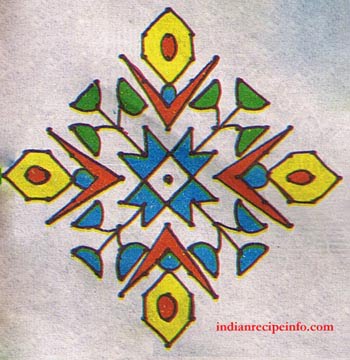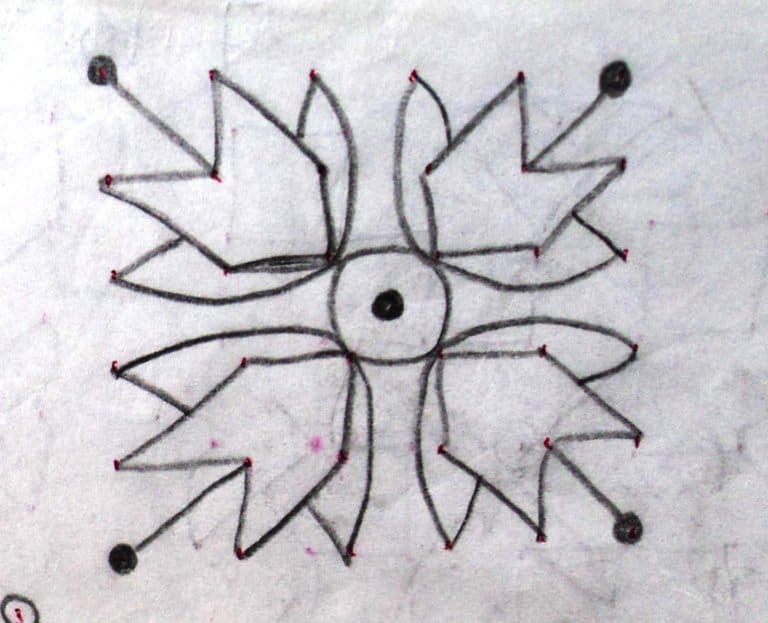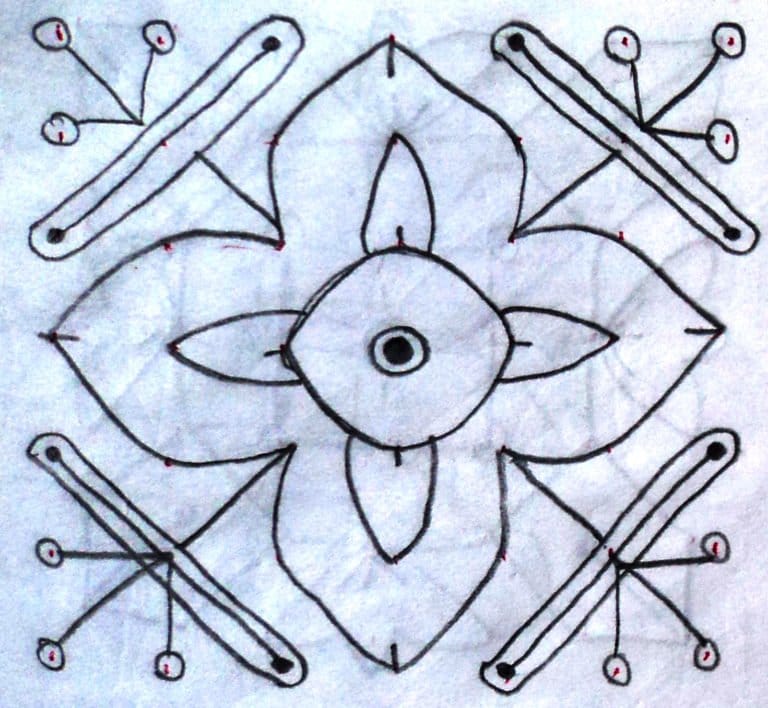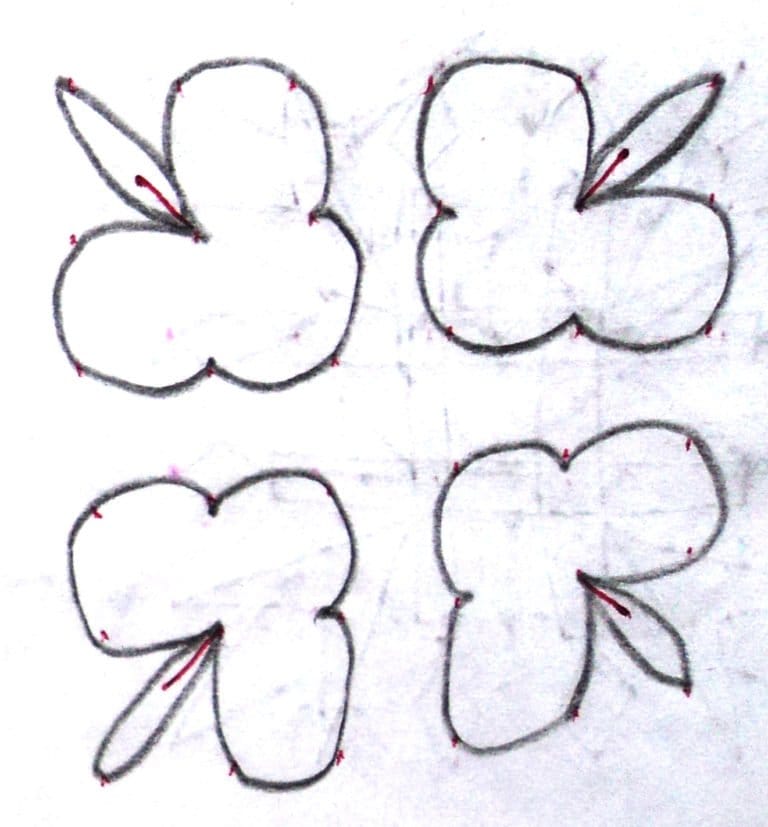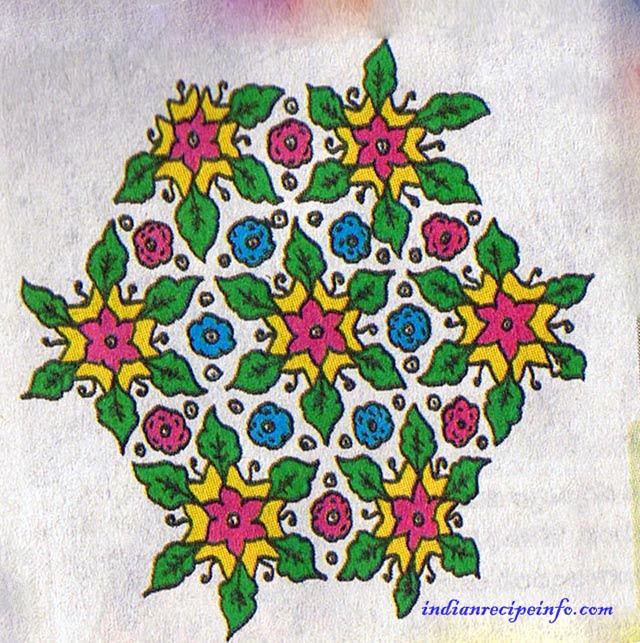Muggu Pictures | Muggu Images | Muggu Designs, Muggu Patterns
“Muggu” is a traditional Indian folk art form, also known as “Rangoli” in some regions. It involves creating decorative designs and patterns on the floor, usually using colored powders, rice flour, or flower petals. Muggu is typically created for auspicious occasions such as festivals, weddings, and other celebrations.
The designs can be simple or intricate and often feature geometric shapes, flowers, and other nature-inspired motifs. The practice of creating Muggu is prevalent in many regions of India and is an integral part of the country’s rich cultural heritage.
The origin of Muggu, also known as Rangoli designs, is not exactly known. It is believed to have originated in the Indian subcontinent many centuries ago, and its roots can be traced back to ancient Hindu scriptures and mythology. In Hinduism, creating Rangoli is considered an auspicious ritual and is often done during important festivals and events.
The exact history of the practice is unclear, but it is known that it has been passed down from generation to generation and has evolved over time. Muggu designs were traditionally created with rice flour, but today, various colored powders, flowers, and other materials are used.
The designs have also become more complex, incorporating more intricate patterns and designs. Muggu is an important part of Indian culture and continues to be practiced in various forms across different regions of the country.
Here are a few examples of the significance of Muggu:
- Auspiciousness: Muggulu is believed to bring good luck and prosperity. It is a common practice to create Muggu at the entrance of homes, temples, and other public places during festivals and auspicious occasions.
- Welcome: Creating a Muggu is a way of welcoming guests into one’s home. It is a way to show hospitality and warmth towards the visitors.
- Art and creativity: Muggu is a form of artistic expression and creativity. It allows artists and individuals to showcase their unique creativity and imagination.
- Unity and harmony: Muggulu is often created by a group of women working together. The activity brings people together, strengthens bonds, and promotes unity and harmony.
- Environmental significance: The traditional use of rice flour, flowers, and other natural materials in Muggu-making is eco-friendly and sustainable. The practice also encourages the use of natural resources and promotes environmental awareness.
Overall, Muggulu is an integral part of Indian culture and tradition. It has many social, cultural, and environmental benefits, making it an important practice that continues to be passed down from generation to generation.
You may also like “http://andhramuggulu.blogspot.com/“
































